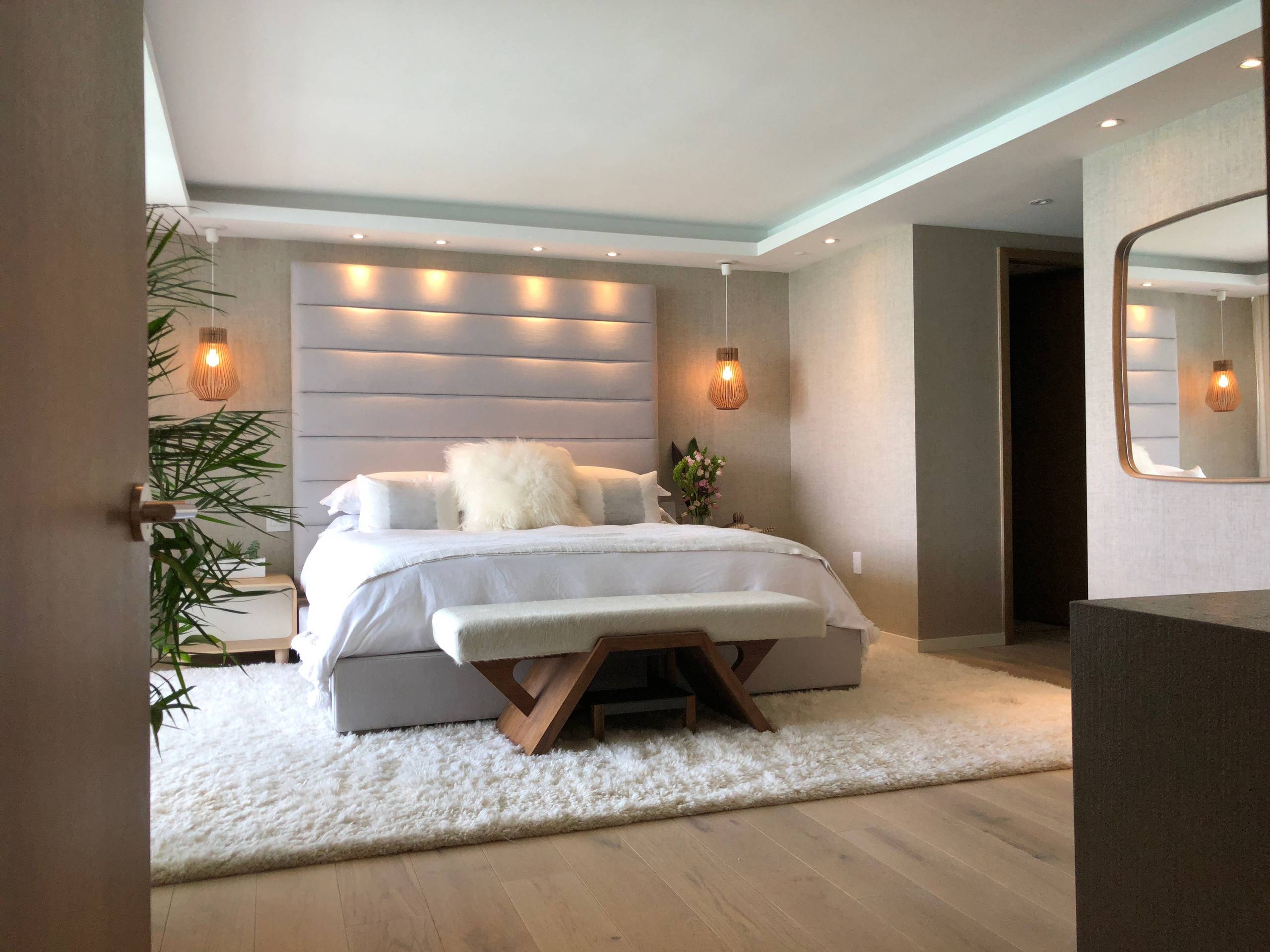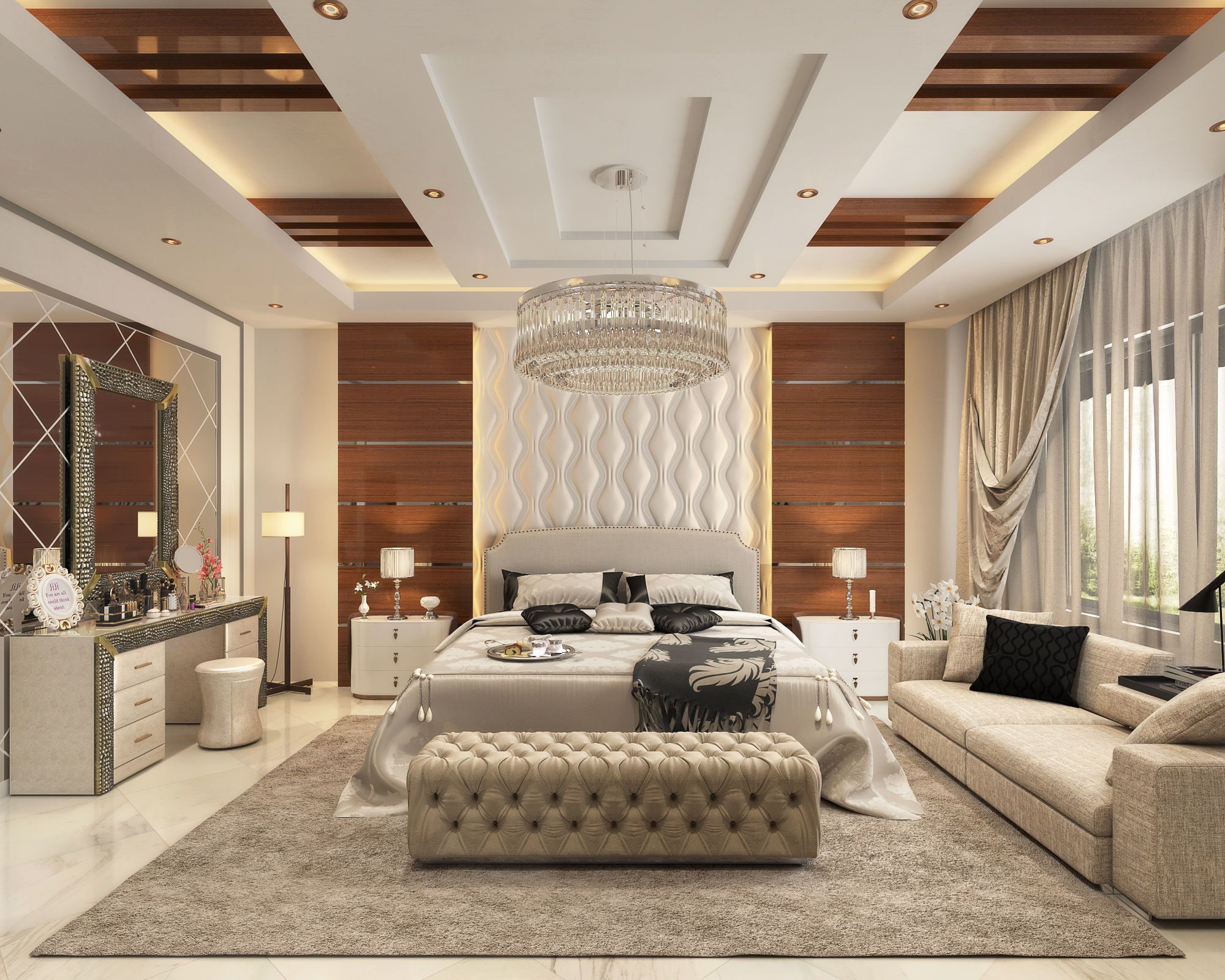Blending Indoor and Outdoor Spaces
:max_bytes(150000):strip_icc()/stunning-master-bedroom-design-ideas-4125545-hero-5782adcdc758407b884d92da7dbcbcbd.jpg)
Creating a seamless connection between your bedroom and the outdoors can transform the space into a tranquil oasis. This design approach not only expands the visual boundaries of the room but also brings in the calming influence of nature, fostering a sense of well-being.
Architectural Features for Seamless Transitions
Architectural features play a crucial role in blurring the lines between indoor and outdoor spaces. Large windows and sliding doors are key elements in achieving this effect. They allow natural light to flood the bedroom while providing unobstructed views of the surrounding landscape. Verandahs, patios, or balconies offer extensions of the living space, creating a fluid transition between the interior and exterior.
Integrating Outdoor Elements into Bedroom Design
Bringing the outdoors in is a fundamental aspect of this design philosophy. Plants, water features, and natural materials can seamlessly integrate with the bedroom’s décor, creating a harmonious and refreshing ambiance.
Plants
Plants can transform a bedroom into a verdant sanctuary. Consider incorporating various plant species, including low-maintenance varieties, to create a lush and vibrant atmosphere. A large potted tree or a collection of smaller plants can add visual interest and purify the air.
Water Features
The soothing sound of water can enhance the tranquility of a bedroom. A small fountain or a tabletop water feature can create a calming ambiance, adding a touch of serenity to the space.
Natural Materials
Using natural materials like wood, stone, or bamboo can bring the essence of the outdoors into the bedroom. Wooden flooring, stone countertops, or bamboo blinds create a warm and inviting atmosphere that complements the outdoor elements.
Maximizing Natural Light and Ventilation

Bringing the outdoors in is a key element of creating a serene and inviting bedroom. Natural light and fresh air are not just aesthetically pleasing, they play a crucial role in promoting well-being and improving sleep quality.
Maximizing Natural Light
Natural light can significantly impact our mood, energy levels, and sleep patterns. It helps regulate our circadian rhythm, promoting healthy sleep cycles and reducing the risk of sleep disorders. Here are some strategies for maximizing natural light in your bedroom:
- Window Placement and Size: Strategic window placement and size are crucial for maximizing natural light. Consider placing windows on the east or south side of your bedroom to receive maximum sunlight throughout the day. Larger windows allow more light to penetrate the room, but ensure that they are well-insulated to prevent excessive heat gain during summer months.
- Window Orientation: The orientation of your windows also plays a role in light penetration. Windows facing south receive the most sunlight, followed by east and west-facing windows. North-facing windows receive the least amount of direct sunlight, but can still provide ample natural light, especially during the summer months.
- Light-Reflecting Surfaces: Using light-reflecting surfaces such as white walls, mirrors, and light-colored furniture can help bounce natural light around the room, creating a brighter and more spacious feel.
- Minimize Obstructions: Ensure that trees or buildings do not obstruct the natural light flow into your bedroom. Consider pruning trees or shrubs that block sunlight during the day.
Promoting Good Air Circulation, Inside outside bedroom designs
Proper ventilation is crucial for maintaining a comfortable and healthy indoor environment. Good air circulation helps to remove stale air, reduce humidity, and prevent the build-up of allergens and pollutants. Here are some strategies for promoting good air circulation in your bedroom:
- Ceiling Fans: Ceiling fans can effectively circulate air, creating a gentle breeze and reducing the feeling of stuffiness. They can also help to cool the room during the summer months.
- Cross-Ventilation: Opening windows on opposite sides of the room allows for cross-ventilation, creating a natural airflow that removes stale air and brings in fresh air.
- Green Walls: Green walls can improve air quality by absorbing carbon dioxide and releasing oxygen. They can also help to regulate humidity and temperature, creating a more comfortable indoor environment.
Creating a Tranquil and Inviting Atmosphere: Inside Outside Bedroom Designs

Your bedroom should be a sanctuary, a place where you can unwind and escape the stresses of daily life. A well-designed bedroom can promote a sense of calm and relaxation, making it easier to fall asleep and wake up feeling refreshed.
Color Palettes
Color plays a significant role in setting the mood of a space. For a tranquil bedroom, opt for calming and soothing hues. Soft pastels, such as pale blues, greens, and lavender, can create a sense of serenity. Neutral colors like white, beige, and gray are also excellent choices, providing a clean and minimalist backdrop.
Textures
The textures you choose can also contribute to the overall tranquility of your bedroom. Soft and plush fabrics, like cotton, linen, and velvet, create a cozy and inviting atmosphere. Natural materials, such as wood and bamboo, add warmth and a touch of nature.
Furniture Arrangements
The arrangement of your furniture can significantly impact the flow and feel of your bedroom. Avoid clutter and create a sense of openness by placing furniture strategically. Consider using a headboard to define the sleeping area and create a sense of enclosure.
Incorporating Natural Elements
Bringing nature indoors is a powerful way to enhance tranquility. Plants, in particular, can purify the air and create a sense of peace. Consider adding a few houseplants to your bedroom, or even creating a small indoor garden. Wood and stone are other natural elements that can bring a touch of the outdoors in.
